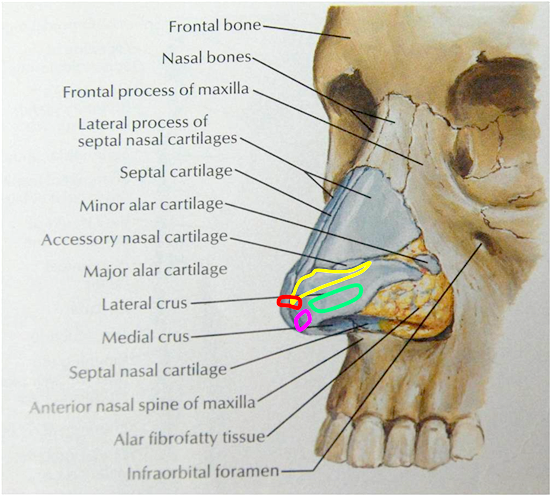Double Vision should be seen by your doctor after Blepharoplasty as well as by an ophthomologist. There could be many reasons for this. It does depend on the timing after the procedure. If it is the day of your procedure or the day after, this could be from the swelling and local anesthesia. Sometimes local anesthesia can have longer affects on the eye muscles. Swelling can also affect the way the eye is positioned so that there is double vision. The key difference is whether the double vision is from the way both eyes are positioned meaning that when one eye is looking based on one position and the other eye is looking based on another different position. This can be due to swelling and the eye muscles being temporarily weakened. Sometimes it is due to muscle damage that can occur with upper and lower eyelid blepharoplasty. This can resolve on its own over several months. But could require eye muscle surgery that must be done by a qualified ophthomologist. If it is double vision only when the one affected eye is open then it could be due to something related to the lens of that one eye. Sometimes through blepharoplasty the changes brought about changing the eyelid skin leads to differential pressures to the lens that can lead to visual changes that can be interpreted as double vision. This issue can also be followed by your doctor or ophthomologist as well. Here is a video on lower eyelid blepharoplasty.
Thanks for reading,
Dr Young
Dr Young specializes in Facial Plastic and Reconstructive Surgery and is located in Bellevue near Seattle, Washington
